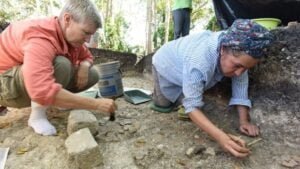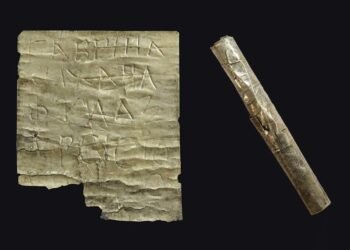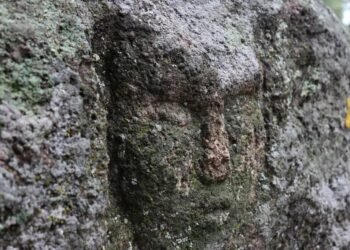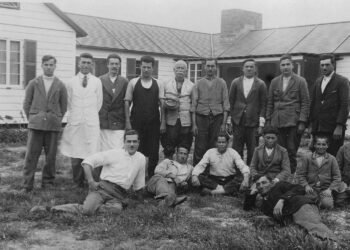An aerial remote-sensing survey of a vast region in Mexico has uncovered an astonishing 478 ancient Mesoamerican ceremonial centers, CNN reported.
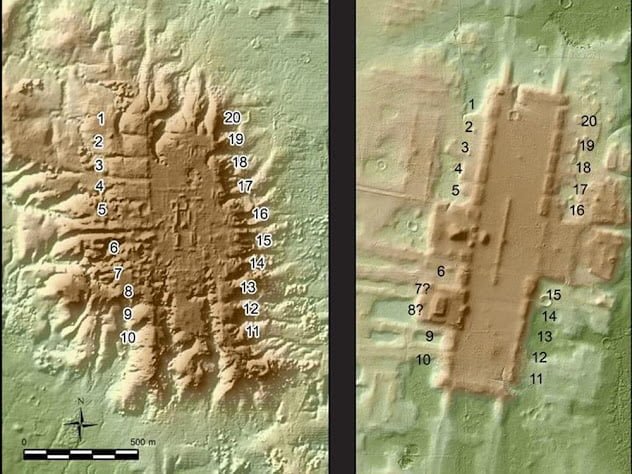
The remote-sensing technique, known as lidar (Light Detection and Ranging), produced a detailed three-dimensional map of a 30,000-square-mile area in eastern Tabasco, revealing previously unknown archaeological sites dating from about 1100-400 BC.
The findings, detailed in a study led by University of Arizona archaeologist Takeshi Inomata and published in the journal Nature Human Behavior, include a substantial ceremonial center at the Olmec site of San Lorenzo, an early Mesoamerican civilization located in Veracruz.
This site, believed to have been active between 1400-1000 BC, boasted a large rectangular earthen ceremonial complex measuring roughly 1,000 meters by 275 meters, surrounded by 20 slightly elevated platforms. The purpose of this site remains uncertain, but it might have served as a gathering place for various ceremonies, possibly with residences located on the platforms surrounding it.
The Olmec civilization is famous for its colossal stone heads, and this survey revealed ten such heads at San Lorenzo, suggesting that more could be undiscovered at related sites. The ancient Olmec civilization is thought to have significantly influenced later cultures, especially the Maya.
Many of the newly discovered ceremonial complexes share common layouts, some of which appear to be oriented towards the sunrise on important ceremonial days. Inomata noted that these centers were likely the earliest physical manifestations of fundamental Mesoamerican calendar concepts. The Mesoamerican calendar was based on a 20-day unit, which aligns with the number of platforms found around the San Lorenzo ceremonial center.
An even larger ceremonial complex was discovered at Aguada Fenix, a site in the Maya region near the Guatemalan border, dating to a slightly later period than San Lorenzo. The presence of similar structures at various sites suggests that the Olmec and other cultures in the region exchanged ideas.
The study demonstrates the tremendous potential of lidar technology for archaeology by offering a three-dimensional, bird’s-eye view of landscapes, revealing hidden archaeological features, and aiding in the exploration of remote, heavily vegetated regions.
Aguada Fénix. Credit: Takeshi InomataThe lidar data used in this study was collected by the Mexican governmental organization Instituto Nacional de Estadística y Geografía (INEGI) and covered an area of 85,000 square kilometers, equivalent to the size of Ireland. The extensive use of lidar in this research expands the knowledge of early Mesoamerican cultures, their calendars, and their influence on later civilizations.

